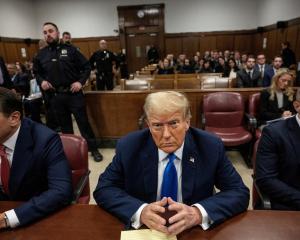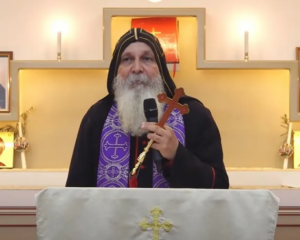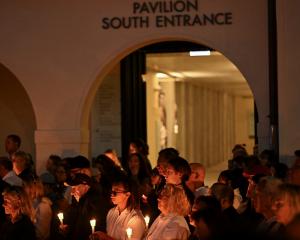Twenty-five Queensland police officers have been implicated in a corrupt scheme centred on rort money paid to a "cunning" double murderer for bogus information, a new report has found.
The Crime and Misconduct Commission (CMC) today released a 142-page report, Dangerous Liaisons, which examines the results of an anti-corruption operation codenamed Capri.
The report found 25 police officers - some ranked as high as inspector - were involved in the rorts.
Three officers are currently before the courts and 22 have been disciplined, with 11 resigning from the police service before their hearings were completed.
The remaining 11 officers are still working, receiving only "managerial guidance".
The investigation covered three areas - Rockhampton in central Queensland, Cleveland on Brisbane's bayside and the since disbanded armed hold-up squad.
The bulk of the allegations related to payments made to prisoner informant Lee Owen Henderson, who is serving two life terms in jail for murder.
In 2005 the CMC received information from the Australian Federal Police (AFP) suggesting that some police officers had an "improper association" with the then Rockhampton jail inmate Henderson, who was seen by officers as a valuable informant.
In return, Henderson obtained benefits from police, including access to confidential information, removals from custody and money.
The CMC found the practice originally occurred in the now disbanded armed robbery unit, whose officers rewarded prisoners to encourage confessions and give up information.
The investigation uncovered other activities, including the removal of prisoners from custody for sex visits with their partners, misappropriation of money intended to be used as rewards and the improper receipt of money and gifts from Henderson.
Henderson was removed from custody at Wolston jail, west of Brisbane, by police officers on nine separate occasions - some unsupervised.
A detective sergeant, who had over 22 years service, is believed to be the principal beneficiary of Henderson's payments, receiving $7,855 from the double murderer between November 2003 and August 2004.
"I don't know what I was thinking, to be honest. I don't know what an objective person would think (of this transaction) but it would be fairly negative I imagine," the officer said in a CMC interview in February 2008.
Police Commissioner Bob Atkinson accepted responsibility for the matter.
He said in most cases, the police officers started off with good intentions of solving serious crimes but lost their way.
Mr Atkinson said police would have been aware of Henderson's history as a man who had previously lied and tried to ensnare police.
"This started out, with probably, a very fair intention, but to even engage with this person, was a mistake," Mr Atkinson said.
Mr Atkinson said the QPS had since set new guidelines for the use of funds to pay informants and the removal of prisoners from jail.
CMC chairman Robert Needham said the publication of the report, close to the 20th anniversary of the Fitzgerald inquiry being tabled in state parliament, should be a reminder that lessons learned "gradually diminish with the passage of time".
"It is inevitable that as time passes, slippage in the ethical standards of our police will occur," Mr Needham said.
Premier Anna Bligh said while it was unfortunate the incident had occurred, it showed the CMC is able to uncover such behaviour and the QPS was taking it very seriously.
"It shows that the institutions put in place post the Fitzgerald Inquiry to root out crooked behaviour work," she said.
"This puts beyond doubt that these things will be found out and people will be discovered." Police union president Ian Leavers said corruption was "not an issue in the Queensland Police Service".
"I don't condone corrupt behaviour, or bad behaviour by police ... but they are innocent until proven guilty and we all know how easy it is for an allegation to be made, especially by convicted criminals who have an axe to grind," Mr Leavers said.












